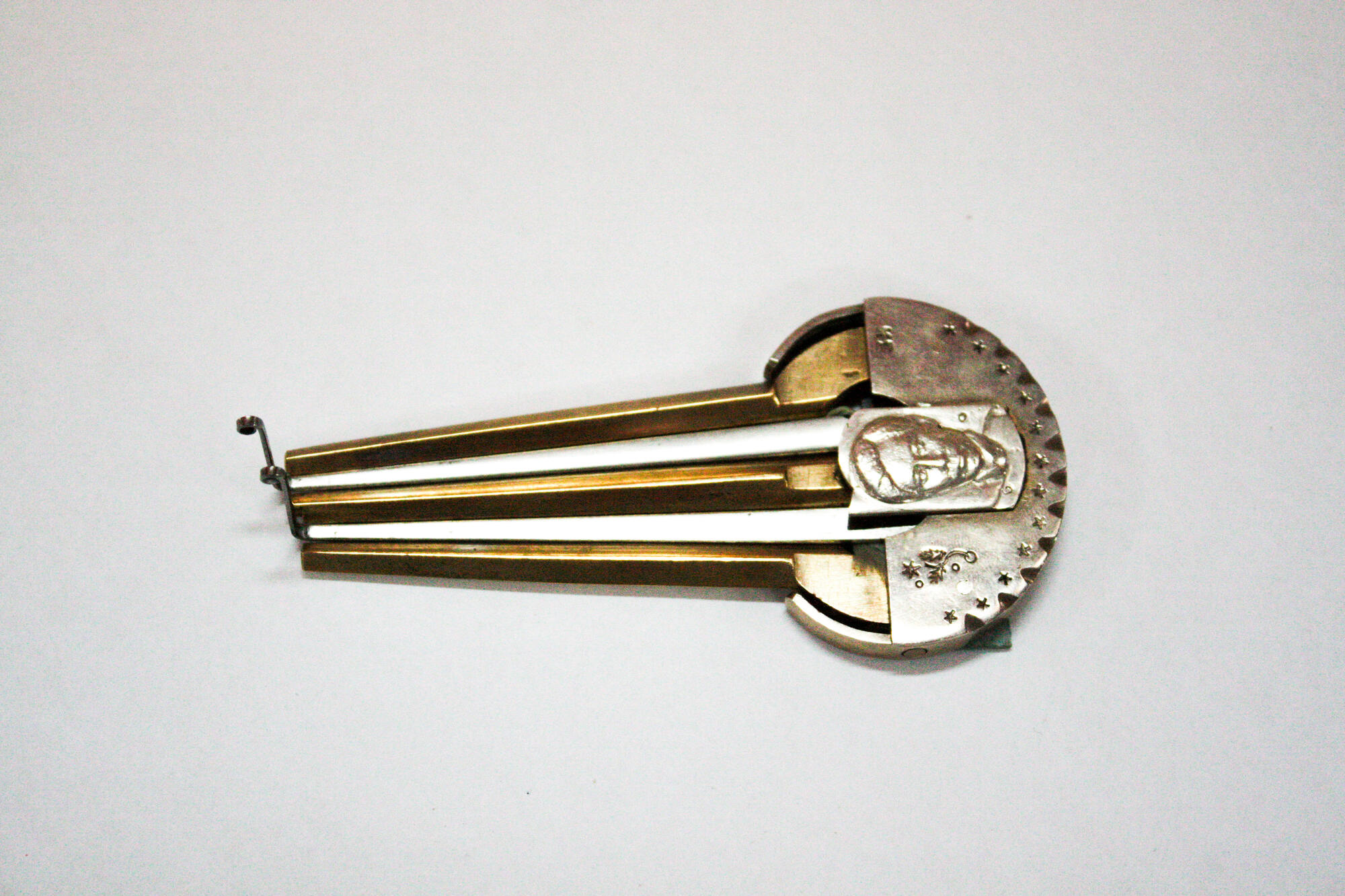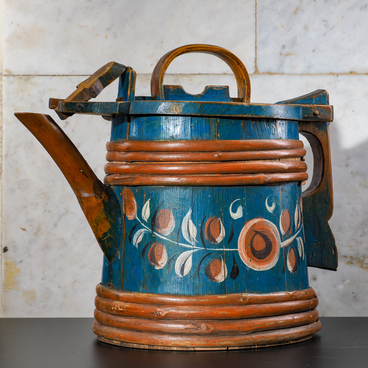Since the olden times, the Sakha people (the Yakuts) have enjoyed playing a mouth harp — the khomus. The sounds of the instrument were believed to have a protective function. According to a legend, evil spirits try to imitate the sounds of the khomus, but soon get confounded and leave in annoyance.
Playing the khomus was also a means of communication for the Yakuts. So, for example, boys and girls gathered in crowds in the summer and played the khomus. Women used this instrument to share about the events happening in their lives, while young men and women expressed their innermost thoughts and feelings to each other by playing it.
The ancient Yakuts used three types of harps: wood, bone or animal horns, and metal. The Sakha preferred the metal khomus: it consisted of a horseshoe-shaped body, to the middle of which the tongue was attached. According to the Sakha tradition, usually women played this instrument.
The khomus is still a kind of symbol of the musical culture of the Sakha people. Yakutia is one of the world’s main centers for the manufacture of metal harps, as well as khomus playing. Solo and ensemble performances are actively developing in the traditional and modern pop genre directions.
Various techniques of playing the khomus have been developed over time. The use of onomatopoeia is an especially important technique: goose singing, lark singing, onomatopoeia of the cuckoo’s call, imitation of the woodpecker’s knocks, hoof stomps, spring drops and others. The technique of the so-called melodic play has also become popularized.
Playing the khomus was also a means of communication for the Yakuts. So, for example, boys and girls gathered in crowds in the summer and played the khomus. Women used this instrument to share about the events happening in their lives, while young men and women expressed their innermost thoughts and feelings to each other by playing it.
The ancient Yakuts used three types of harps: wood, bone or animal horns, and metal. The Sakha preferred the metal khomus: it consisted of a horseshoe-shaped body, to the middle of which the tongue was attached. According to the Sakha tradition, usually women played this instrument.
The khomus is still a kind of symbol of the musical culture of the Sakha people. Yakutia is one of the world’s main centers for the manufacture of metal harps, as well as khomus playing. Solo and ensemble performances are actively developing in the traditional and modern pop genre directions.
Various techniques of playing the khomus have been developed over time. The use of onomatopoeia is an especially important technique: goose singing, lark singing, onomatopoeia of the cuckoo’s call, imitation of the woodpecker’s knocks, hoof stomps, spring drops and others. The technique of the so-called melodic play has also become popularized.



